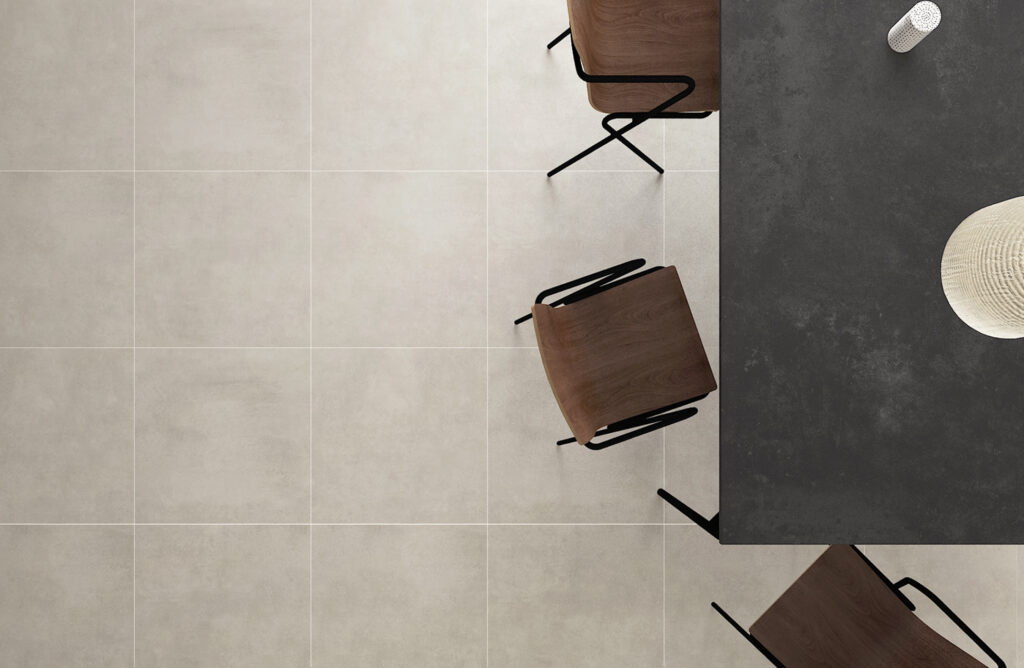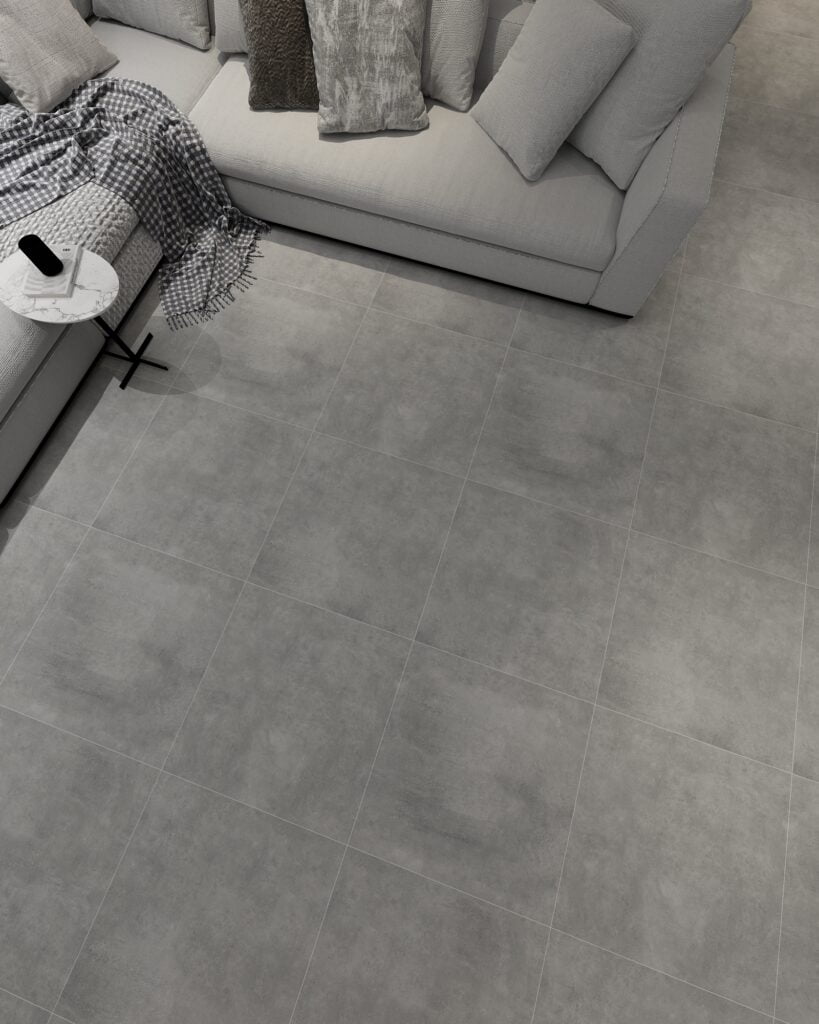Against the backdrop of increasingly complex global supply chains, the ceramic tile industry is facing unprecedented challenges. With new crown epidemics, geopolitical tensions, and changes in environmental policies, companies need more flexible and innovative strategies for sourcing ceramic tiles to ensure a stable supply chain and sustained competitive advantage. Below are several effective sourcing strategies to address these challenges.

The main challenges of the global supply chain
1. Transportation and logistics
Global transportation and logistics are affected by a number of factors, including rising sea and land transportation costs, port congestion, and longer transit times. These factors have led to increased uncertainty in delivery lead times, creating challenges for companies’ inventory management.
2. Shortage of raw materials
The production of ceramic tiles relies on a variety of raw materials such as clay, quartz and glaze. Due to disruptions in the global supply chain and competition for resources, there may be shortages of these raw materials, thus affecting the production and supply of ceramic tiles.
3. Trade policies and tariffs
Uncertainty in global trade policies and adjustments in tariffs may lead to an increase in the procurement cost of ceramic tiles. Also, import and export restrictions may affect market access in different regions.
4. Environment and social responsibility
With the increasing awareness of sustainable development and environmental protection, companies need to consider environmental and social responsibility issues in the sourcing process, including suppliers’ environmental certification and labor rights protection.
Effective Sourcing Strategies
1.Supply chain diversification
To minimize supply chain risks, companies should diversify their supplier network and avoid relying on a single source. By establishing partnerships in different regions, companies can be more flexible in responding to regional supply disruptions or cost changes.
2.Establish strategic partnerships
Establishing long-term strategic partnerships with suppliers can help enhance supply chain stability. By signing long-term contracts or co-developing new products, companies can ensure that suppliers are prioritized and remain competitive in the face of technological and market changes.
3. Forward-looking inventory management
Through forward-looking data analysis and market forecasts, companies can better plan inventory levels and avoid over-reliance on emergency purchases. Maintaining appropriate inventories reduces the risk of production downtime due to supply chain disruptions.
4. Seek alternative materials and processes
In the event of a shortage of raw materials, companies should consider using alternative materials and processes. For example, exploring new glaze formulations or production techniques can reduce dependence on specific resources while enhancing product innovation.
5. Focus on environmental and social responsibility
When selecting suppliers, priority should be given to companies with environmental certification and social responsibility. This will not only help companies meet the requirements of laws and regulations, but also enhance brand image and market competitiveness.

Conclusion
With the increasing challenges in the global supply chain, ceramic tile companies must adopt flexible, innovative and sustainable sourcing strategies. Through supply chain diversification, strategic cooperation, inventory management and environmental awareness, companies can effectively cope with uncertainty and ensure a stable and sustainable supply chain. These measures not only help to reduce risk, but also earn companies greater success in a competitive market.
